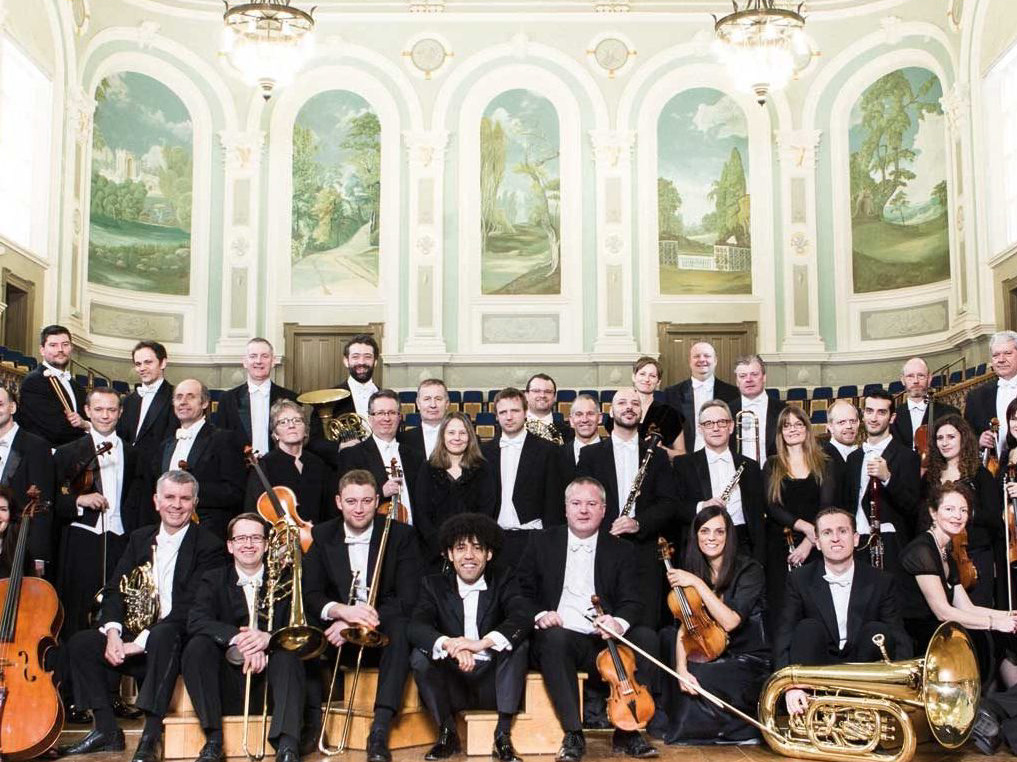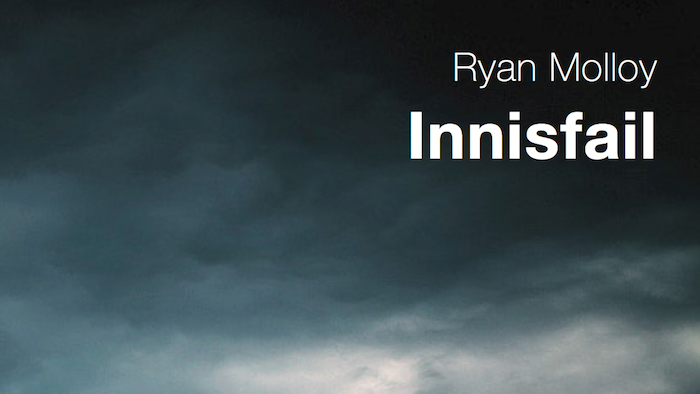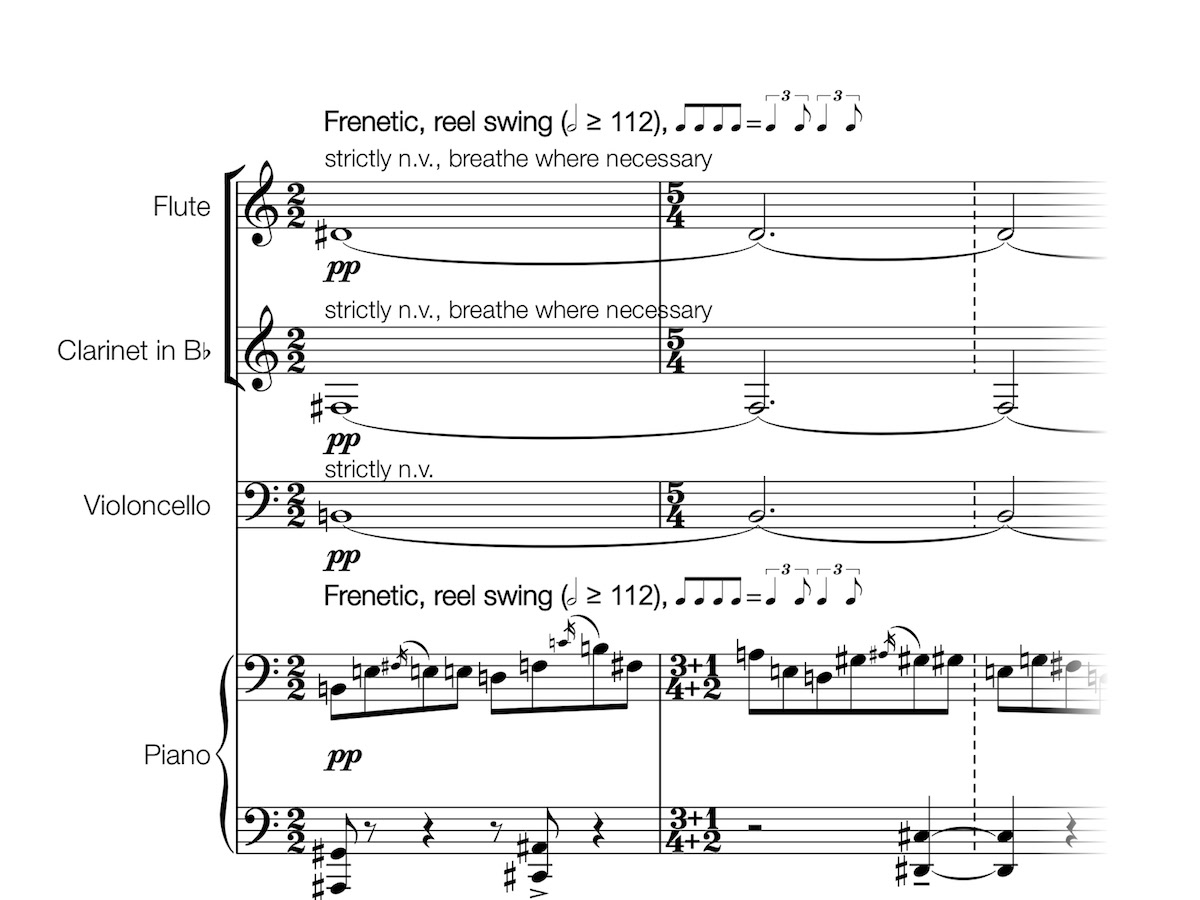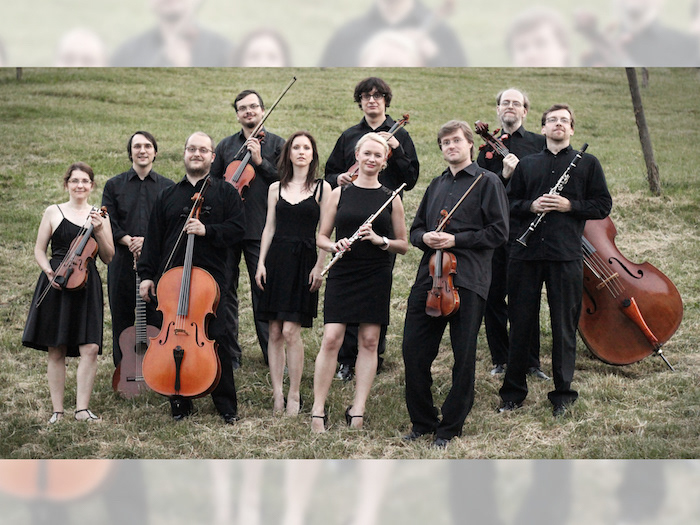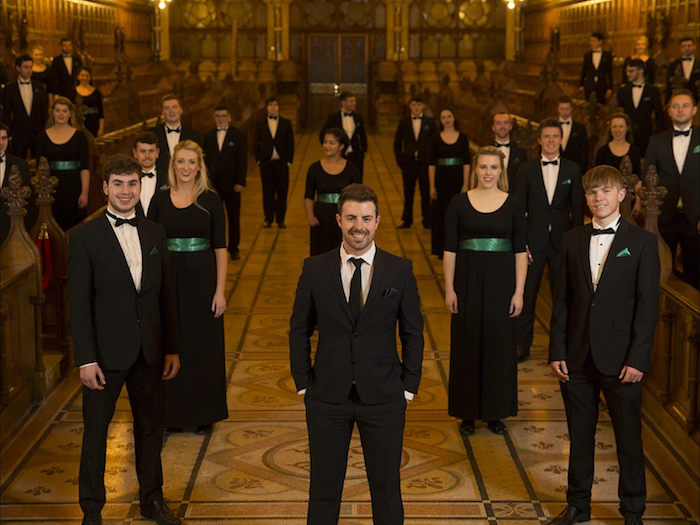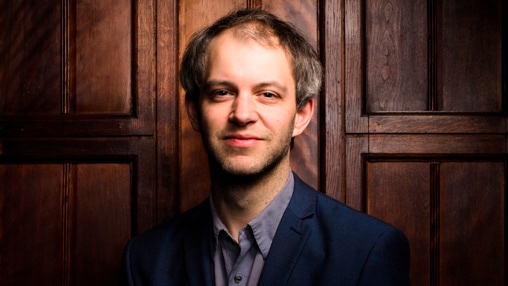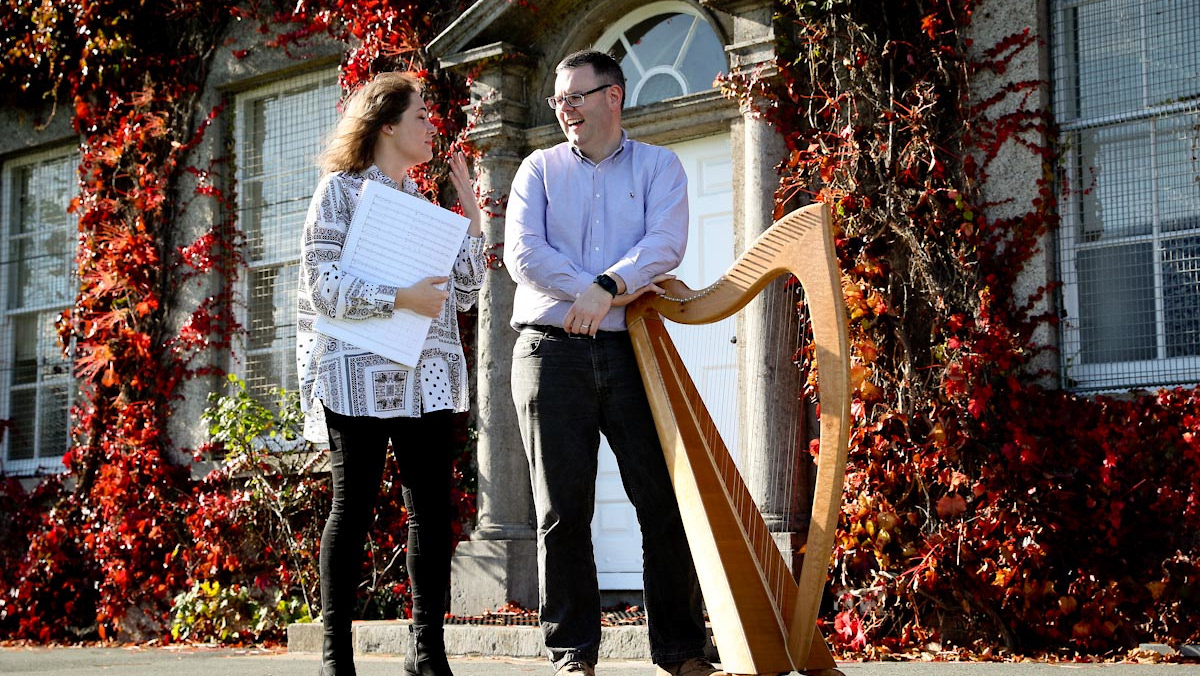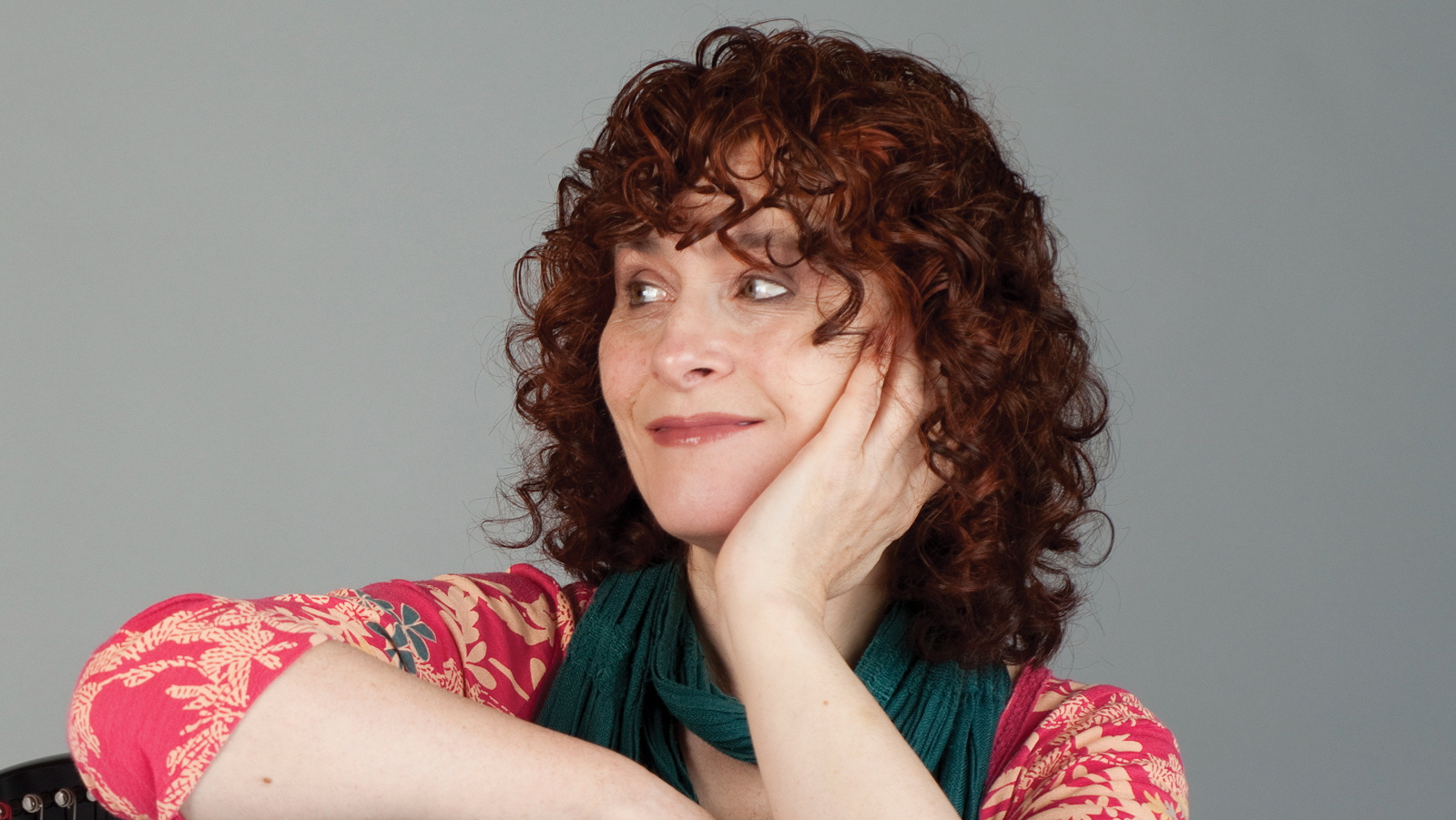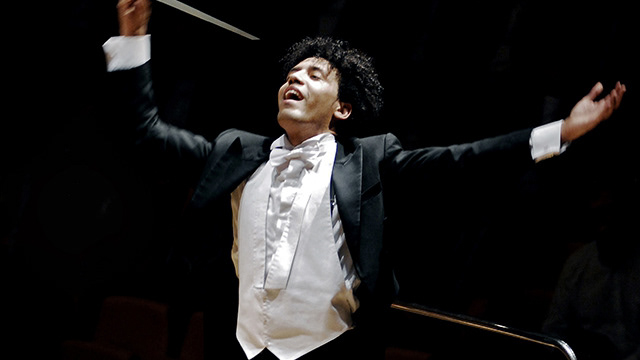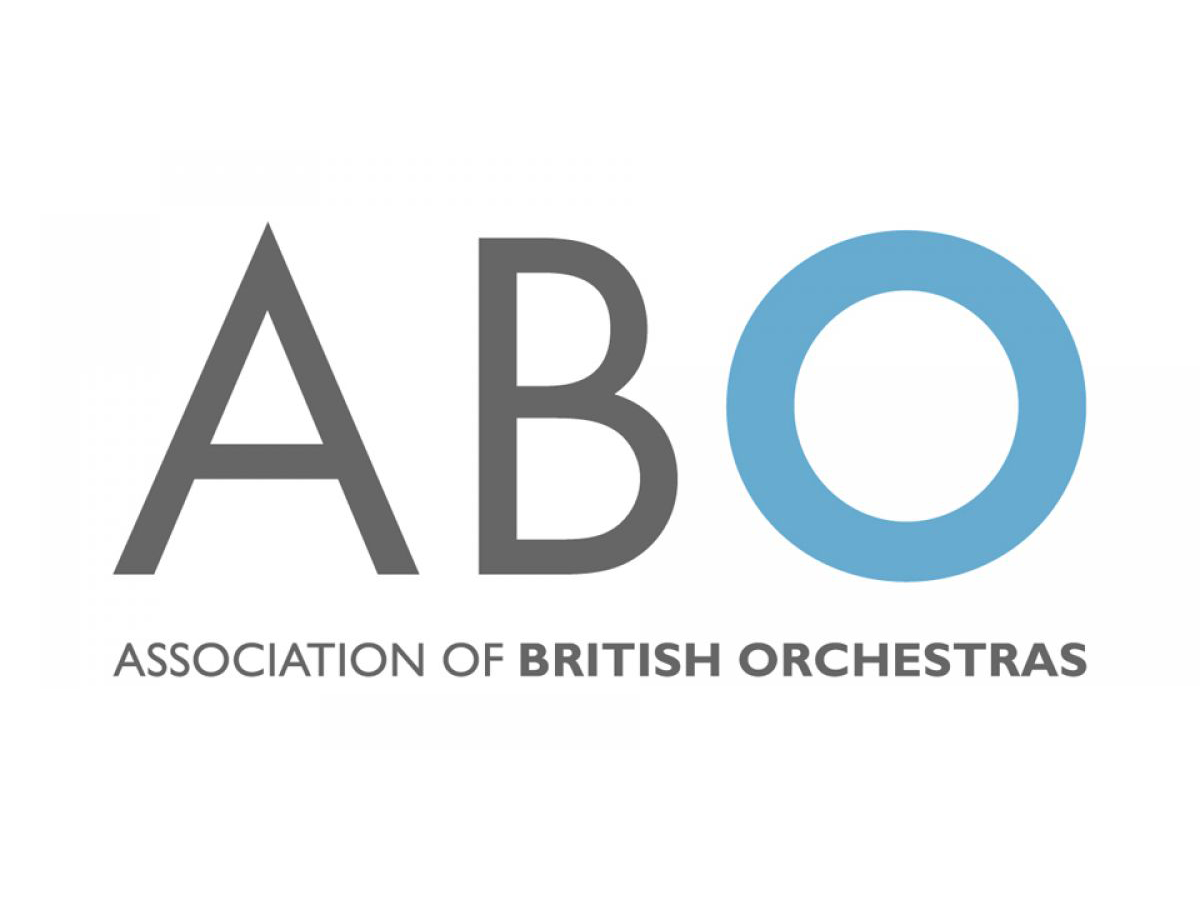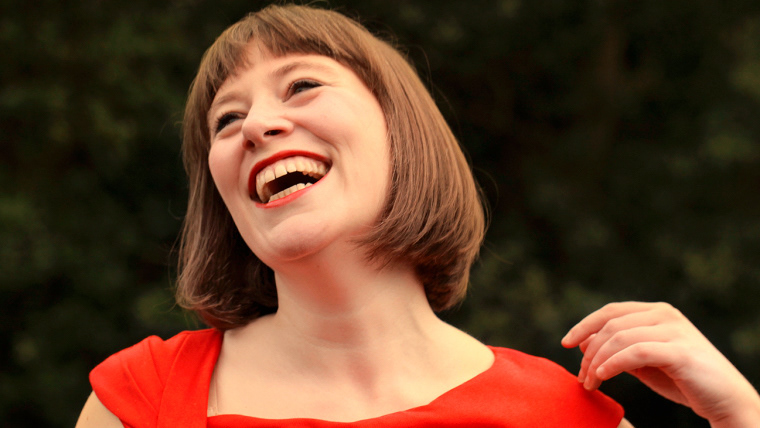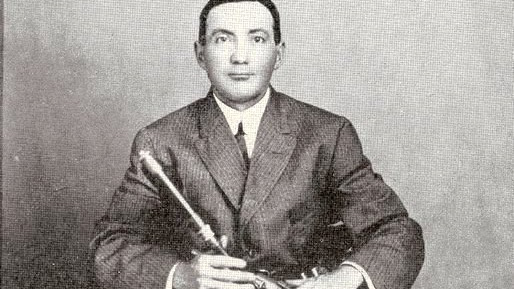for violin and orchestra
duration ca 20'
This work draws on the ancient categories of traditional Irish music goltraí, suantraí and geantraí as a mirror for the traditional three-movement form of many concertos. These categories are described by Edward Bunting in his 1840 publication Ancient Music of Ireland as follows:
(Bunting also describes a fourth category, luinneach, but this pertains mainly to music from the Scottish Highlands.)
I have loosely followed the sentiments of each of these in the three movements. The first movement, Goltraí, is based on one long soaring melody for the solo violin and has a generally ametrical feel similar to a slow-air. The second movement, Suantraí, has a gently pulsating 9/8 figuration shared by the percussion and piano while the violin melody is slowly pulled away from these ‘sleepy strains’ (to quote Bunting) by the rest of the orchestra as it tried to escape the 9/8 metre. This is all in preparation for the final movement, Geantraí, which takes the form of a traditional Irish reel and makes considerable demands on the soloist as the reel-playing becomes more and more frenzied – not quite in keeping with Bunting’s ‘music of a graceful and expressive order’ but rather reflecting the entire dance-music tradition that emerged from these kinds of songs. Behind this wide variation in its styles of expression, the concerto is unified by a recurring fragment of the air from the first movement and also a set of 16 chords that are finally revealed in their entirety in the last movement.
Past performances:
02.11.2016 — Darragh Morgan (violin) & Ulster Orchestra (David Brophy, conductor), Ulster Hall, Belfast, N. Ireland
